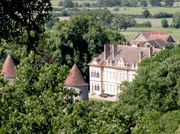A Village in NYC Called Brooklyn Heights
To leave Manhattan and cross over the East River on the Brooklyn Bridge is to enter a new world: one leaves like Prometheus for the Garden of Eden, arriving in the green and calm of Brooklyn Heights. Brooklyn Heights, much like a small village, has grown without losing its sense of community and its relationship with nature and is a well preserved example of the architecture of the 19th and early 20th century. Most building are two or three stories high, constructed in wood, brick or brownstone. Many have small, jewel like gardens that gave to this neighborhood a particular charm.
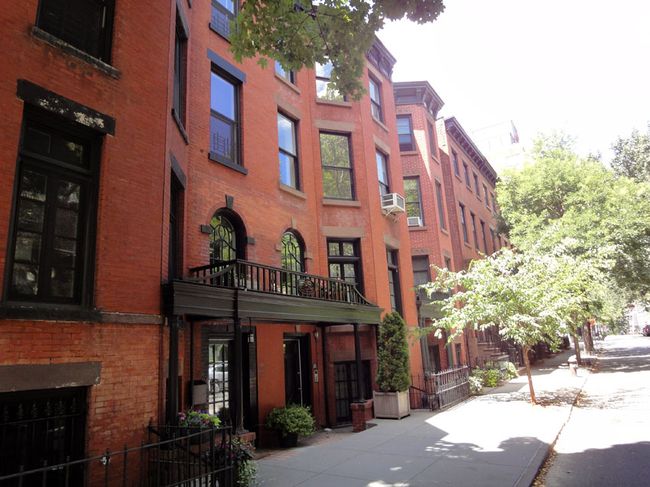
A Brooklyn State of Mind
Brooklyn Heights has a unique home town atmosphere with its small shaded street sided by historic brownstones or bricks houses, churches and small intimate gardens, its promenade with its stunning view over the East River and Manhattan. Brooklyn Heights was once qualified as "an unlikely but winning combination of the cosmopolitan sensibility of Manhattan and the communal possibilities of life in small neighborhoods."
 |
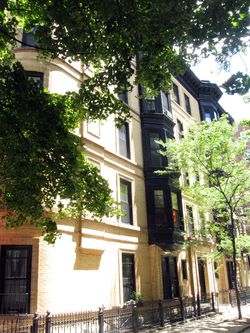 |
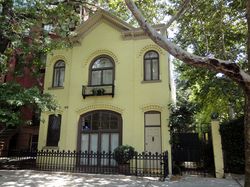 |
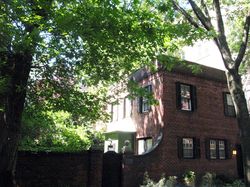 |
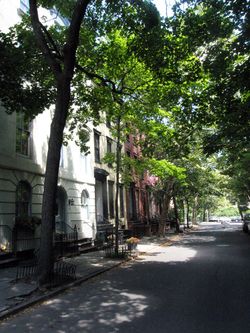 |
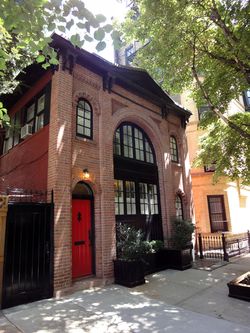 |
The Brooklyn Promenade and View
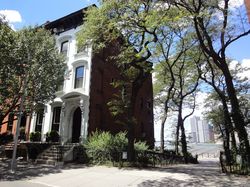 |
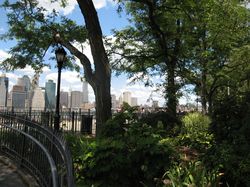 |
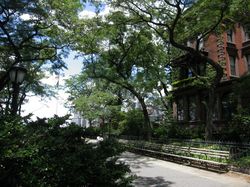 |
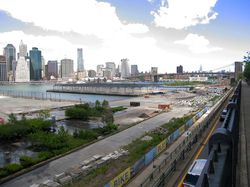 |
Gardens: Brooklyn Heights
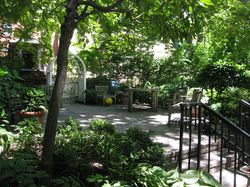 |
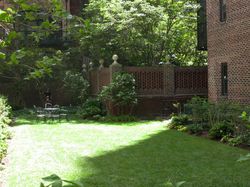 |
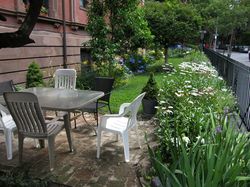 |
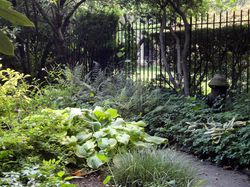 |
Historic Houses
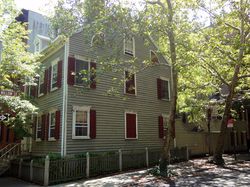 |
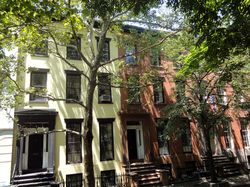 |
The Eugene Boisselet house is one of the oldest homes in Brooklyn Heights, a typical example of the Federal style of the 1820's. |
20 - 26 Willow Street: a stunning example of the Greek Revival style of the 1830's. |
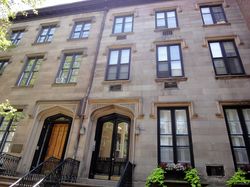 |
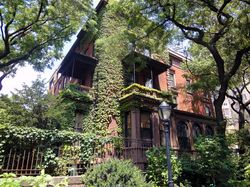 |
131 Hicks Street was built shortly before 1850. The Tudor arched doorway and the elaborate cornices, entablatures and cast- iron railing are all characteristic of the Gothic Revival style . |
2 and 3 Pierrepont Place is one of the most elegant mansions of the Renaissance Revival style in New York. It was built in 1857 by the architect Frederick A. Peterson. Originally there was a third mansion,the Henry Pierrepont mansion designed by Richard Upjohn. However it was torn down in 1946 to create the current children�s playground. |
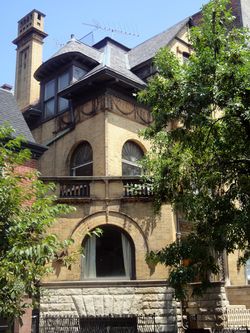 |
 |
129 Joralemon Street is a good example of the Romanesque Revival style. It was designed by C. P. H. Gilbert in 1890. |
Eben Knowlton house, 1889 |
Some famous Brooklynites:
Robert Fulton,Walt Whitman, Truman Capote who wrote"In Cold Blood" and "Breakfast at Tiffany's" in a basement apartment on Willow Street, Norman Mailer who lived and wrote at his home along the Promenade, Bob Dylan.

